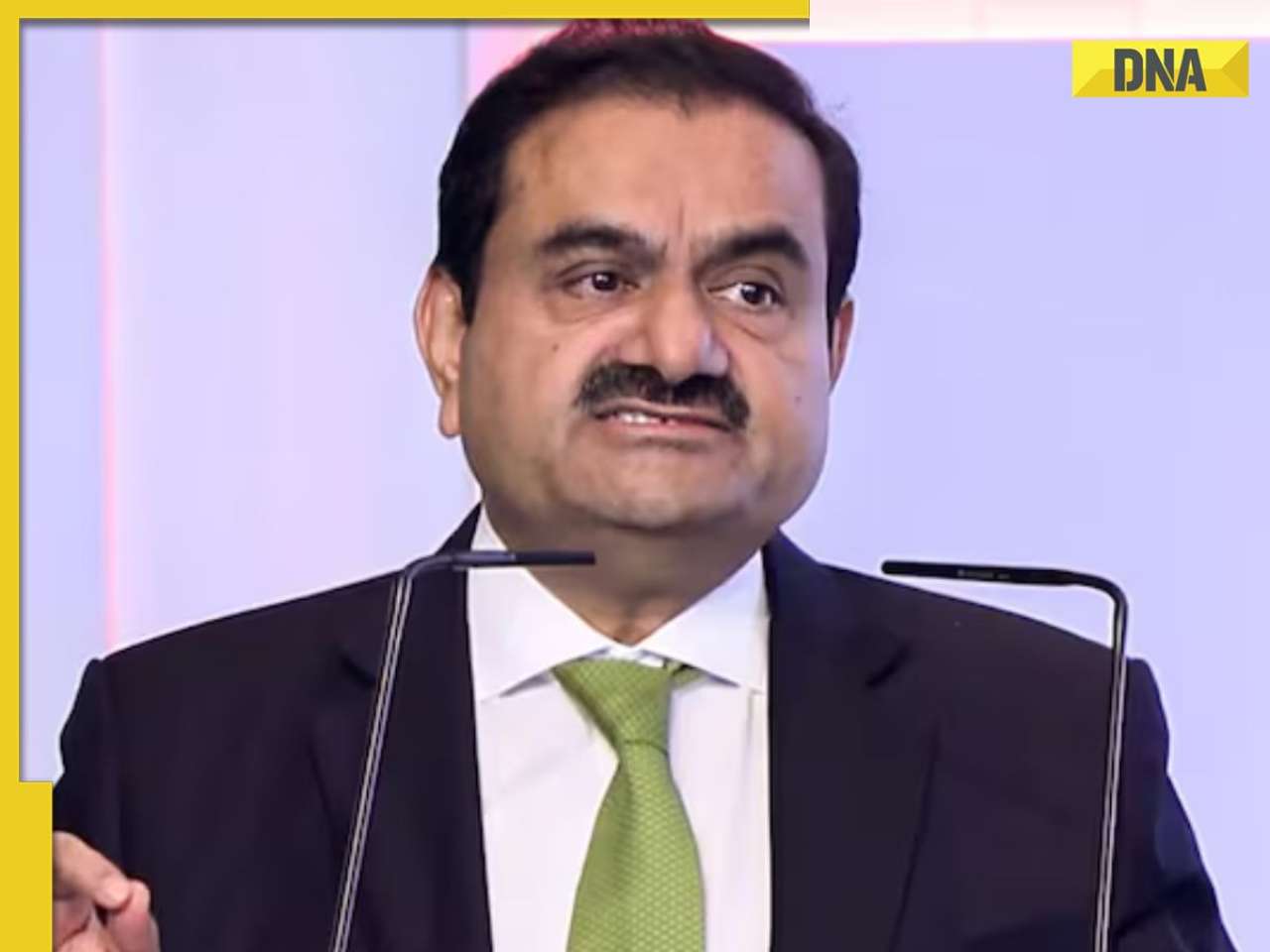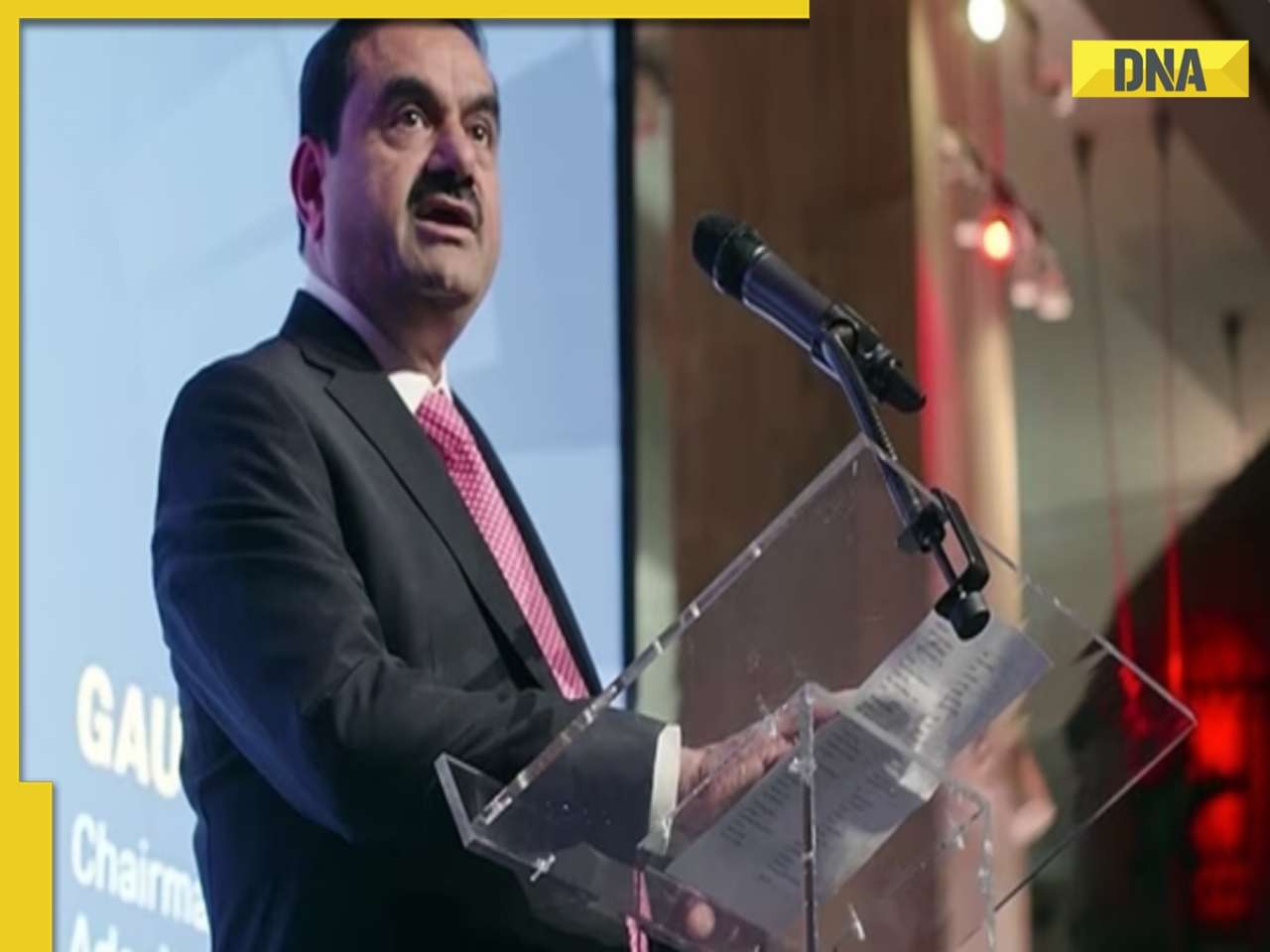- LATEST
- WEBSTORY
- TRENDING
VIRAL
NASA warns about asteroid size of 2 football fields to make close approach to Earth but the good news...
NASA keeps a database of the trajectories of near-Earth objects (NEOs) and tracks them continuously.
TRENDING NOW
On September 15, an asteroid the size of two football fields will approach Earth closely. Asteroids are fragments of rock that remain after the solar system formed 4.6 billion years ago.
This month, an asteroid roughly the size of two football fields is expected to pass close to Earth. The New York Post reports that on September 15, the 720-foot-wide asteroid known as 2024 ON will pass approximately 620,000 miles from Earth. Even though it appears far, this distance is actually very close in terms of astronomy—it is only 2.6 times the distance between our planet and the Moon. But it doesn't represent a threat to Earth.
The Virtual Telescope Project stated that an analogous close approach occurs once every ten years on average. For those who enjoy astronomy, the asteroid, which is visible from the northern hemisphere, will present a unique and breathtaking sight. On September 15 at 2:30 p.m. ET, skywatchers can follow its approach via the Virtual Telescope live feed. It can also be seen with the aid of telescopes or even powerful binoculars under clear skies. Astronomers have a unique and priceless opportunity to gather vital information about the composition, velocity, rotation period, and orbital path of asteroid 2024 ON during its flyby. This data is essential for improving Near-Earth Object (NEO) prediction models and clarifying the intricate dynamics of our solar system.
As per NASA, asteroids are fragments of rock that remain after the formation of the solar system 4.6 billion years ago. Asteroids differ in size and form from one another. No two asteroids are same because they form in different places and at different distances from the sun. The majority of asteroids are composed of various rocks, but some also contain metals like iron and nickel or clays.
NASA keeps a database of the trajectories of near-Earth objects (NEOs) and tracks them continuously. Potentially hazardous asteroids are defined as those with a diameter of more than 150 meters (492 feet) and a distance of less than 4.6 million miles (7.4 million kilometres) from Earth.
NASA is working on developing asteroid deflection technologies as part of its ongoing efforts to investigate and mitigate potential threats from asteroids. The goal of the Double Asteroid Redirection Test (DART) mission is to determine whether it is feasible to change an asteroid's trajectory in space using a kinetic impactor spacecraft.







)
)
)
)
)
)
)
)
)
)
)
)
)
)
)
)



























































